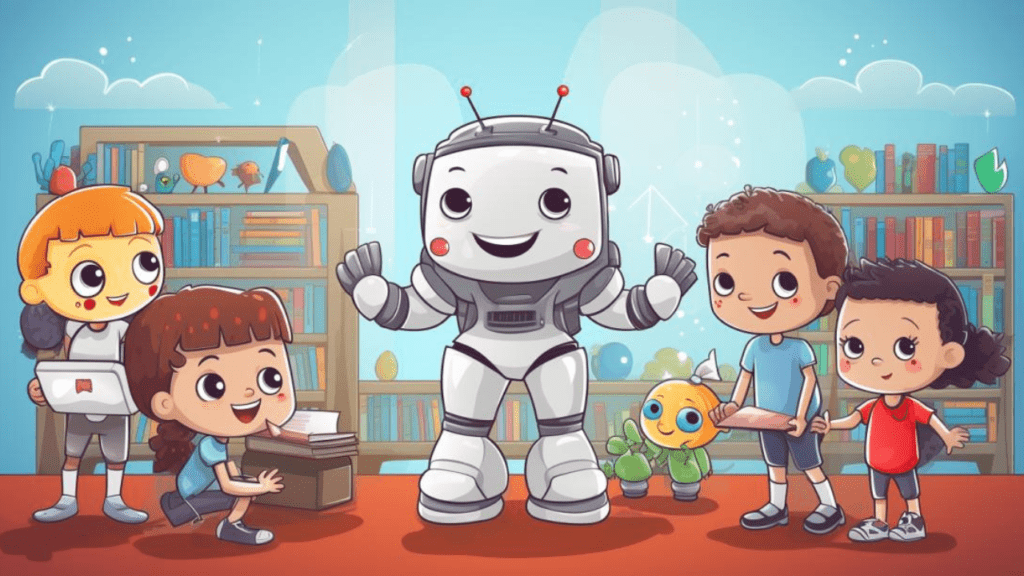Photo was created by Webthat using MidJourney
AI’s Potential to Transform Primary Education
Artificial intelligence (AI) is making its way into classrooms, offering the potential to enhance the impact of teachers and address the persistent teacher shortage. Microsoft co-founder Bill Gates has even suggested that AI chatbots could teach children to read in a fraction of the time.
As younger generations become increasingly immersed in digital tools, the integration of AI in primary education seems inevitable.
Exploring the Benefits of AI in the Classroom
While there are concerns about incorporating AI tools in education, such as increased cheating possibilities and potential job disruption for teachers, it is crucial to view AI’s potential impact from a broader perspective.
Sarah Guo, founder of Conviction, emphasizes that AI has the power to improve education’s effectiveness, reduce costs, promote equity, provide global opportunities, and enhance productivity and knowledge.
AI-Enabled Personalized Learning
AI, particularly chatbots powered by large language models, can assist students at various education levels, from primary schools to certification programs, in navigating vast amounts of educational materials and tailoring their learning experiences to their individual styles.
Many students currently lack personalized learning due to a shortage of teachers who can provide such tailored support. AI can bridge this gap by handling repetitive and routine learning tasks, allowing teachers to focus on what truly makes them impactful in students’ lives.
Shifting Teacher Roles with AI
By automating repetitive teaching tasks, AI enables teachers to transition from general practitioners to specialists who can concentrate on addressing specific student needs and complex concepts.
With AI-backed learning methods, a single teacher can oversee multiple classrooms, as students won’t require constant supervision. Instead of being distributors of knowledge, teachers can become facilitators and mentors, guiding students through their educational journeys.
Enhancing Efficiency and Accessibility
AI-powered chatbots and programs continually learn from data provided to them, offering personalized instruction based on each student’s requirements. This not only benefits students but also provides teachers with valuable data insights and the ability to generate teaching materials and assessments quickly.
By leveraging existing knowledge and content, teachers can reduce their workload and deliver focused assistance to students in need. AI makes quality primary education more accessible, narrowing the gap and ensuring fewer students are left behind.
Amplifying the Work of Teachers
While personalized tutoring has traditionally been effective, it can be prohibitively expensive. However, with the integration of AI in the classroom, personalized support becomes more attainable. AI enables increased access to quality education, amplifying the incredible work that teachers already do.
By leveraging AI’s capabilities, education can become more equitable, empowering both students and teachers to achieve their full potential.
CLICK HERE TO READ MORE ON WEBTHAT NEWS

